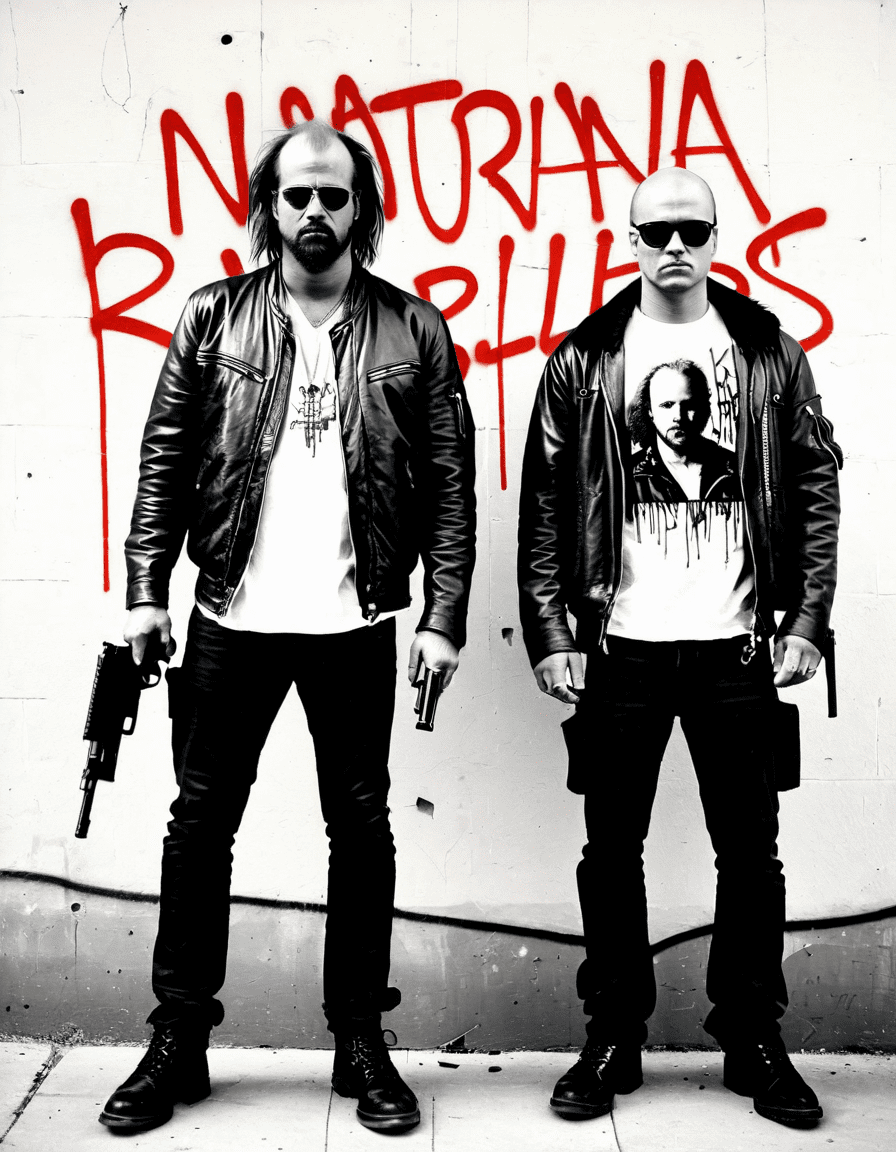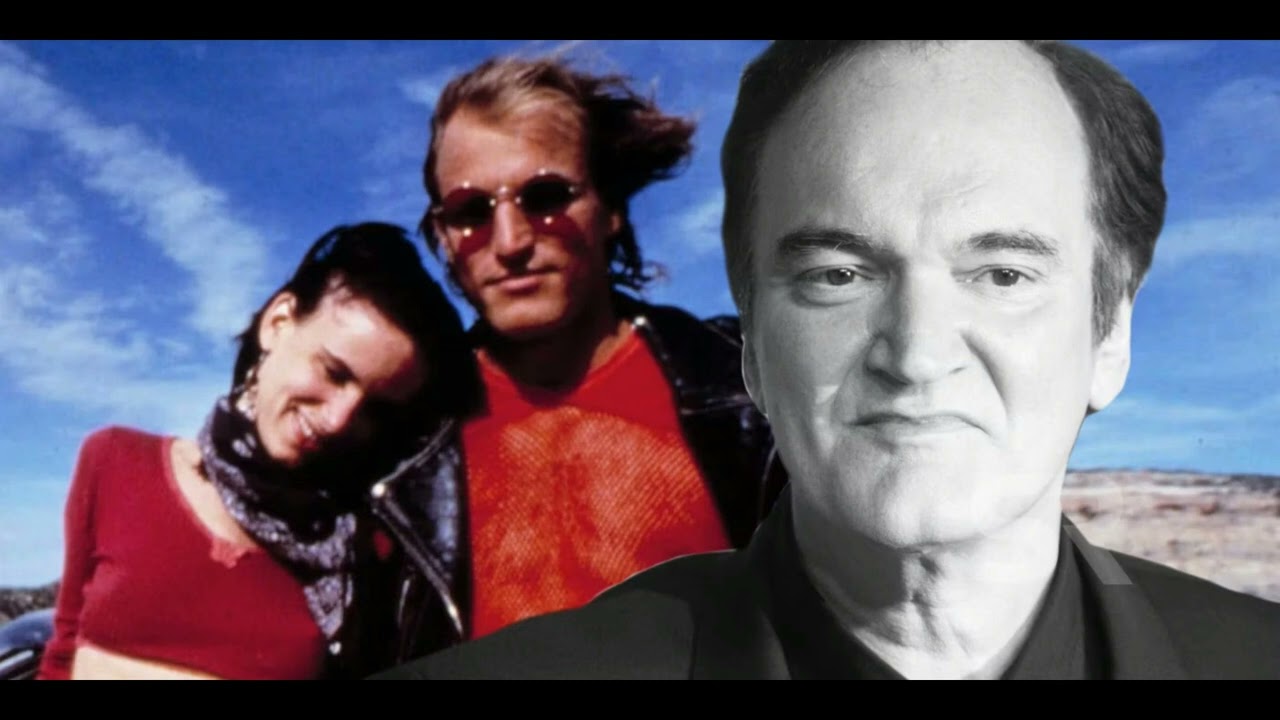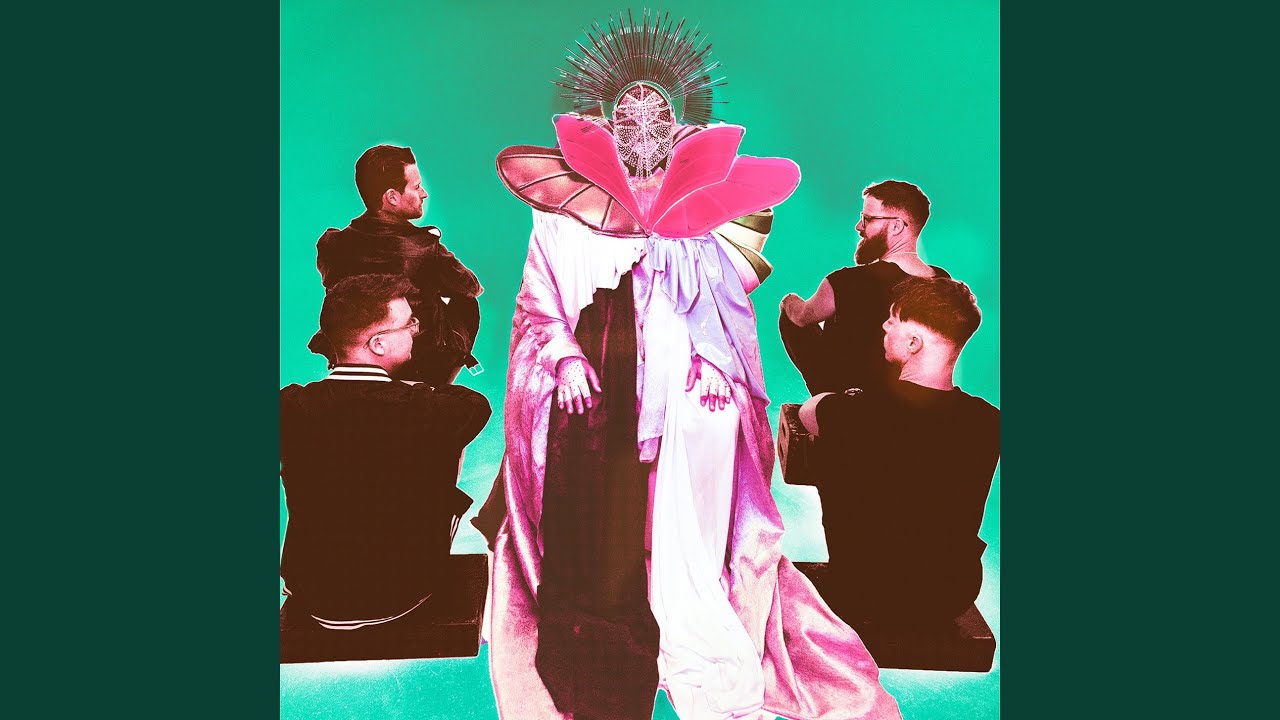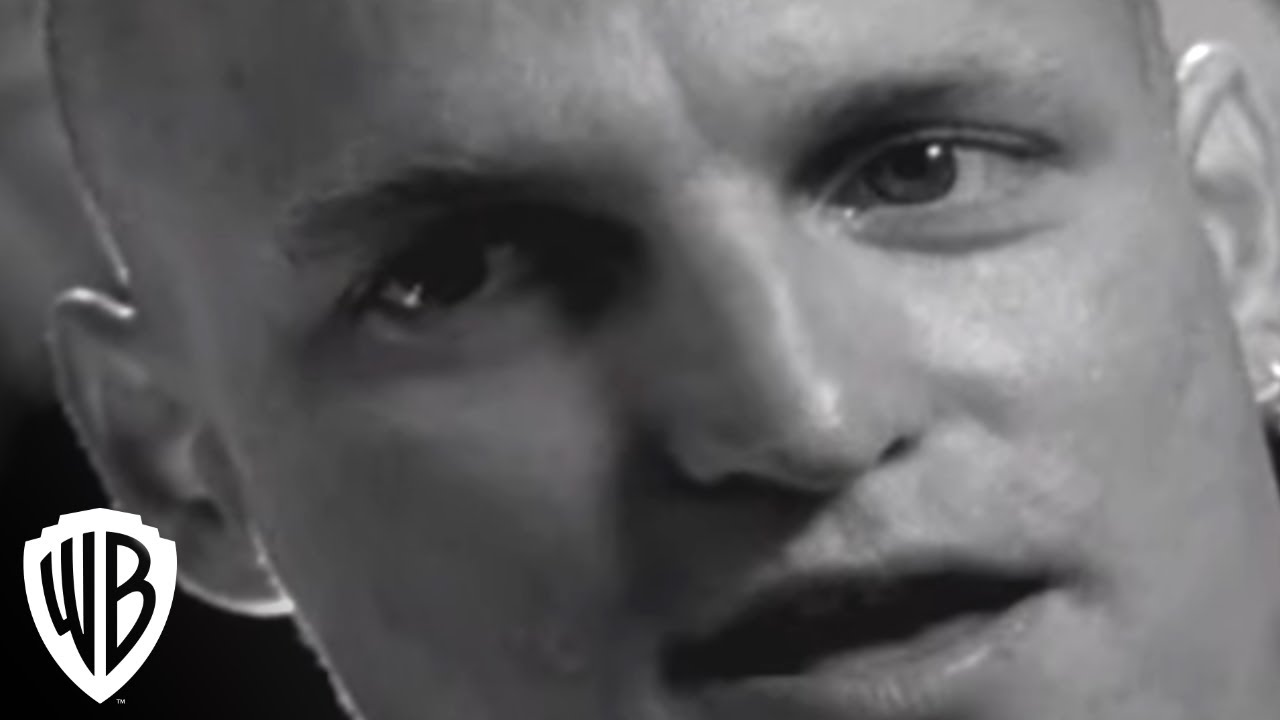Oliver Stone’s Natural Born Killers hit theaters back in 1994, sparking controversy and conversation that still echoes through today’s media landscape. It’s a fascinating blend of storytelling, satire, and societal commentary wrapped around the story of Mickey and Mallory Knox—portrayed by Woody Harrelson and Juliette Lewis—who become infamous for their killing spree. This film isn’t just about a couple on a violent rampage; it serves as a stark reflection on America’s obsession with fame, violence, and the media’s role in both. So, grab your popcorn, because we’re about to dive into seven profound lessons that make Natural Born Killers a cult classic and a chilling cultural critique.
7 Profound Lessons from ‘Natural Born Killers’ and Its Cultural Impact
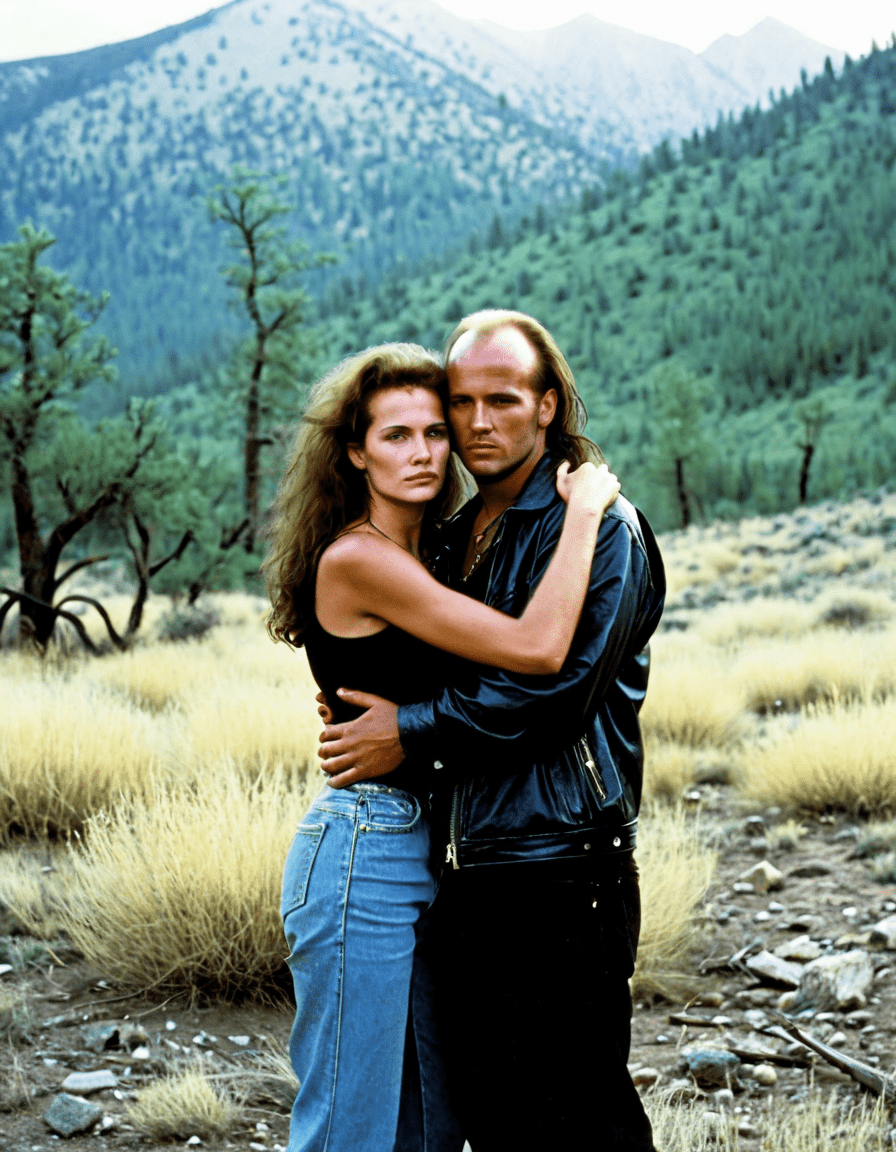
1. Media as an Amplifier of Violence
Natural Born Killers vividly illustrates how media frames and sensationalizes violence, turning depravity into entertainment. Mickey and Mallory become celebrities not solely for their heinous acts but due to the media frenzy fueled by their exploits. This concept isn’t far from the reality today, where tragic events live on as viral memes or TikTok feeds. Take a moment to think about contemporary figures like Sean Diddy combs, whose celebrity status often creates headlines that blur ethical lines.
2. Romanticizing Evil
The film also taps into the enigma of toxic romance. Mickey and Mallory’s relationship is fueled by lust but marred by violence. This trope resonates deeply in today’s narratives, as seen in productions like Why Women Kill. From love triangles to chaotic partnerships, the mesmerizing, if disturbing, allure of evil colors modern storytelling. Stone’s work questions if genuine love can exist alongside brutality—an unsettling reflection of our own world.
3. Desensitization to Violence
Natural Born Killers confronts viewers with the brutal reality of desensitization to violence. As audiences indulge in shows like Stranger Things, we’re often oblivious to how entertainment normalizes brutality. The chilling depiction of violence in the film acts as a wake-up call, forcing us to confront how our moral compass shifts amid the chaos of the narrative. Be it through trauma or cultural influences, today’s films frequently grapple with the fallout from violence without the accompanying weight of consequence.
4. The Role of Television in Shaping Reality
In the film, television plays a crucial role in framing the duo’s narrative. The portrayal of Mickey and Mallory reflects real-life parallels—much like the insights presented by the Dark Winds cast, who explore how narratives shape perceptions in their own storytelling. The line continues to blur between reality and fabrication, where tabloid-style news morphs into our understanding of crime. This ongoing dialogue about reality versus fiction challenges our collective understanding of both.
5. Search for Identity and Belonging
Mickey and Mallory’s journey highlights the struggle for identity in a judgmental society. Their rebellion against societal norms speaks to a longing for belonging—an issue faced by characters in shows like 13 Reasons Why. The duo’s violent actions create a distorted form of solidarity, prompting us to examine how society alienates the marginalized. This search for connection in a cruel world is not solely an element of fiction; it strikes chords of truth in our everyday lives.
6. Subversion of Gender Norms
Stone’s narrative also showcases a compelling twist on gender roles. Mallory isn’t just Mickey’s sidekick; she plays an active role in their rampage. This portrayal counters traditional gender norms, a theme expanded upon in Why Women Kill. The film frees her character from the usual damsel-in-distress trope, instead, presenting her as an empowered figure. This subversion sparks discussion about female representation in media, which continues to foster compelling narratives around women’s agency.
7. Cultural Reflection of the Times
Upon its release, Natural Born Killers captured the zeitgeist of a waning era of innocence. The rise of tabloid journalism mirrored the fascination with media-fueled violence. Fast-forward to now, the rise of reality television and true crime docs showcases how sensationalism remains a gripping force on viewers. Stone’s film forces us to interrogate our appetites for sensational narratives, putting a spotlight on the disconcerting undercurrents of our own consumption habits.
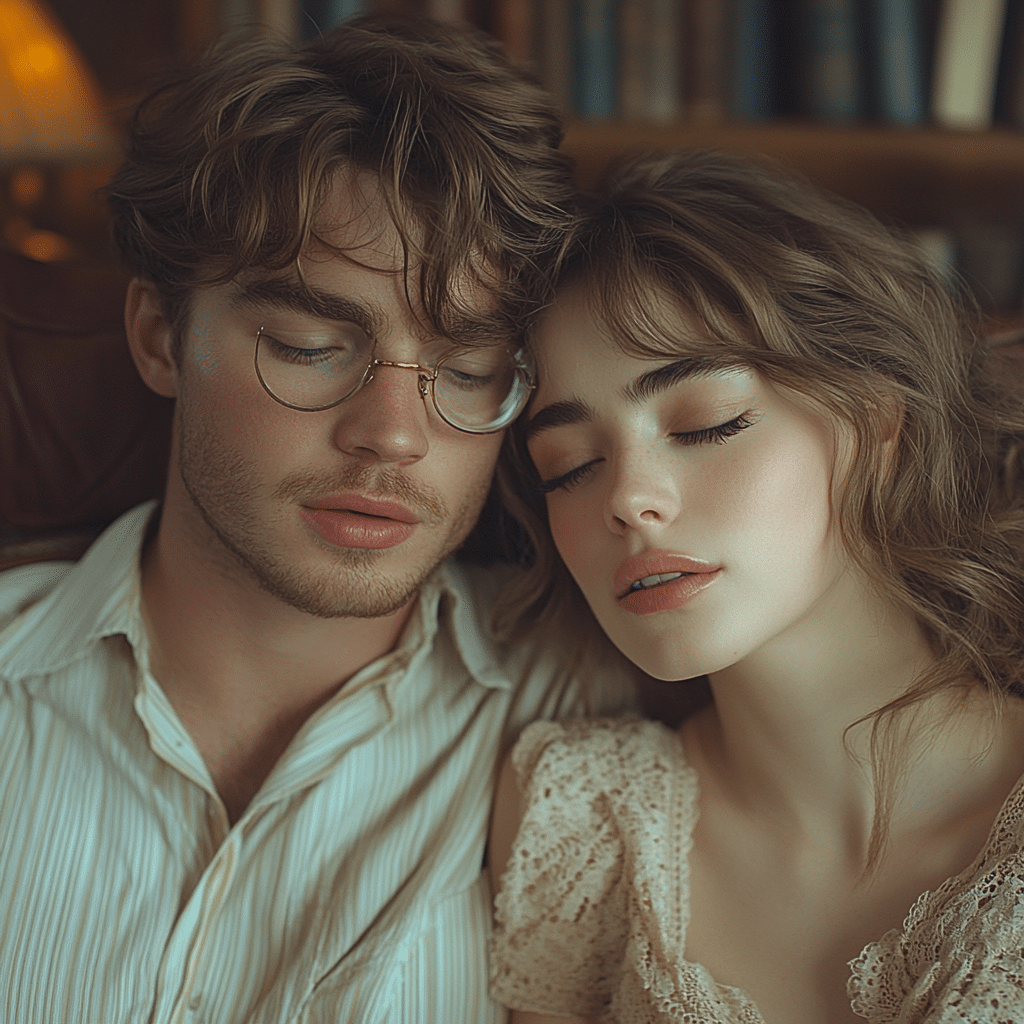
When Evil Lurks: The Reality Behind the Fiction
As we reflect on characters like Mickey and Mallory, we can’t help but notice their real-life counterparts. Think of notorious partnerships like Bonnie and Clyde or contemporary figures involved in significant crimes. Often, their radical choices stem from a cocktail of trauma, societal pressures, and the pursuit of notoriety. Just like the ominous themes that permeate Talk To Me movie, their stories become a chilling reminder of the darkness lurking beneath the surface of society.
By scrutinizing these themes, Natural Born Killers holds up a mirror, reflecting our collective fascination with evil, violence, and the often-blurred lines of morality. Stone draws on dark satire to expose the uncomfortable realities hiding behind our obsession with fame and notoriety. In an age deeply influenced by social media, understanding how violence narratives are portrayed is more crucial than ever.
As we draw insights from this shocking truth, we simultaneously celebrate the artistic magic behind a film that resonates deeply, while reckoning with unsettling realities. This duality entrenches Natural Born Killers firmly into the canon of thought-provoking cinema, urging viewers to reflect on the complexities of our human experiences intertwined with cultural narratives.
The intertwining of crime, media, and societal values in Natural Born Killers continues to inspire conversations, making the film a vital piece of cinema that deserves both recognition and reflection.
Natural Born Killers: Behind the Madness
The Outrageous Origins
“Natural Born Killers” stands out for its raucous take on crime and media sensationalism. Directed by Oliver Stone, the film is a wild ride through the psyche of its anti-heroes, Mickey and Mallory Knox. Interestingly, the film drew inspiration from the infamous duo Bonnie and Clyde, showcasing a romance tangled with a violent spree. Did you know that the film’s screenplay was originally penned by Quentin Tarantino but was later altered by Stone? The changes transformed it into a visually frenetic commentary on America’s media culture. Also, let’s not forget that the marriage of pop culture and mayhem mirrors the sensational headlines found in today’s media landscape, echoing ideas explored by current commentators like Ron Filipkowski.
Unpacking the Controversy
When “Natural Born Killers” hit theaters in 1994, it sparked immediate controversy. Critics were divided on whether the film glorified violence or critiqued it. The movie’s jarring style, combining quick cuts, animation, and surreal visuals, certainly gave audiences a lot to chew on. This chaos is reflective of today’s societal struggles, making it timeless. Fun fact: the film went so far as to include the “real” stories behind its characters, not unlike the movies featuring lost youth and ghostly transformations, reminiscent of The Lost boys. It’s fascinating how films like this have shaped public perception about crime and the media, much as the Taiping Rebellion influenced perceptions of rebellion and change in society!
Cultural Impact
Beyond its box office impact, “Natural Born Killers” profoundly influenced pop culture. It sparked conversations about how violence in media shapes public behavior and beliefs. The film’s unfiltered approach left a mark that resonates today, much like shocking real-life events do, raising questions about media’s role in glamorizing crime. Even topics like rapid cash scams or outlets discussing current issues, akin to exploring the significance of Memorial Day meaning, capture the same dynamic. As we reflect on this film, it’s evident that its connections to violence and media are as relevant today as they were back then. It’s definitely a conversation starter and would surely lead you to question what really drives society in a media-saturated world. So, next time you think about the film, remember its chilling insights into human nature and societal reflections – it’s a story that keeps on giving! Buongiorno, and cheers to those deep conversations.
